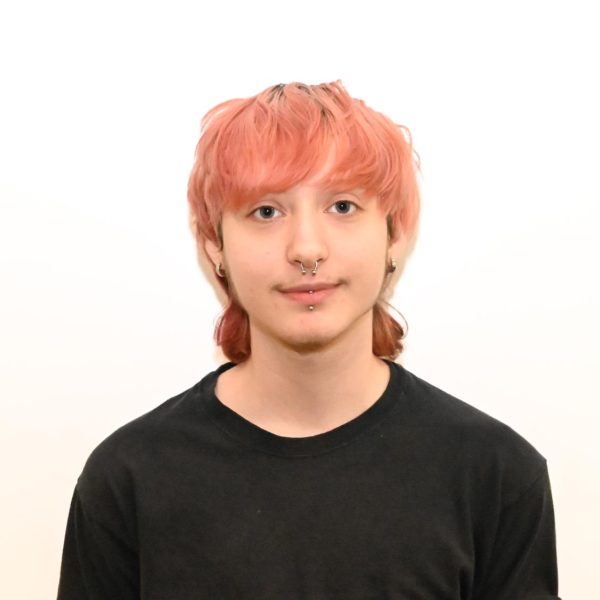Every few months or so, the internet is swept with another wave of fervor about some new technology, and this time, it’s AI art. Consensus on social media is equal parts astounded and outraged, with some decrying it as an end to art as we know it, and others hailing it as the next new, revolutionary technology, just like cryptocurrency and NFTs—oh, wait. As the hype dies down around AI art, it’s becoming clear that AI art is neither subversive nor catastrophic, but something altogether worse: boring. What started out as an interesting, albeit limited, tool has quickly turned into the next new buzzword.
AI art has its uses—and its downsides. Take, for example, industrial applications. When people talk about art, they tend to employ lofty ideals of human emotion and creativity, but the reality is that most art is not made for the simple sake of creating art. Much of the art that gets produced for, say, advertising isn’t exactly “artistic.” On the contrary, it’s corporate. Industrialization has always been seen as a looming threat to employment; first it was factories, then computers, and now AI. Despite a wave of self-checkout kiosks being implemented in supermarkets and more across the country, there’s none of the same fearmongering about it as there is about AI—at least, not on the same scale. In an industry where artists are already overworked and underpaid, AI could be a useful tool for artists just trying to do their job and go home.
There’s also a material difference between individual artists using AI tools to create art for their own purposes, and companies using AI machines to bypass paying human artists entirely. Someone using AI for their own fun, more likely than not, wasn’t going to commission a human artist anyways, but a company necessarily has the budget to spend on human artists. The answer to this issue is not to ban or restrict AI machines on the whole, but instead to focus specifically on regulating corporations’ use of AI.
The topic of copyright law also surfaces in these types of conversations, and the answer is the same. Copyright laws objectively are not designed to protect the little guy—unless that little guy is Mickey Mouse. Strengthening copyright laws will not “protect artists,” but it will protect the corporations with a vested interest in never letting their art enter the public domain. In fact, copyright laws already don’t protect artists from having their art used for profit they never see; on the topic of Disney, the SAG-AFTRA strikes this past summer have proven that artists rarely see more than a few dollars for their work.
But what about that emotional aspect? What makes AI art “art,” or more commonly, “not-art?” Most staunchly anti-AI arguments on this front are, at their core, reactionary. Surely, AI art isn’t art because it’s uncreative, because on the other end of a computer is a human instructing the computer on what to generate, and there’s your human creativity. Any case against AI on the basis of its not being “original” falls flat, too—isn’t a collage not technically original? Saying that AI art is “soulless” is pedantic at best and, at its worst, disparaging of even traditional forms of art.
The fact of the matter is AI can be a useful tool for generating art, especially for people with disabilities who might be capable of putting a prompt into a machine but incapable of picking up a pen—people who are no less deserving of the ability to create art. There are glaring, unavoidable issues with how companies are choosing to utilize AI, but ultimately, those are issues not with the tool, but with how that tool is being implemented. If there’s a moral to the story of AI art, which seems to be drawing slowly to its close, it’s this: blame the companies who have coopted and disfigured what could have been an otherwise interesting and useful technology, not the technology itself.

